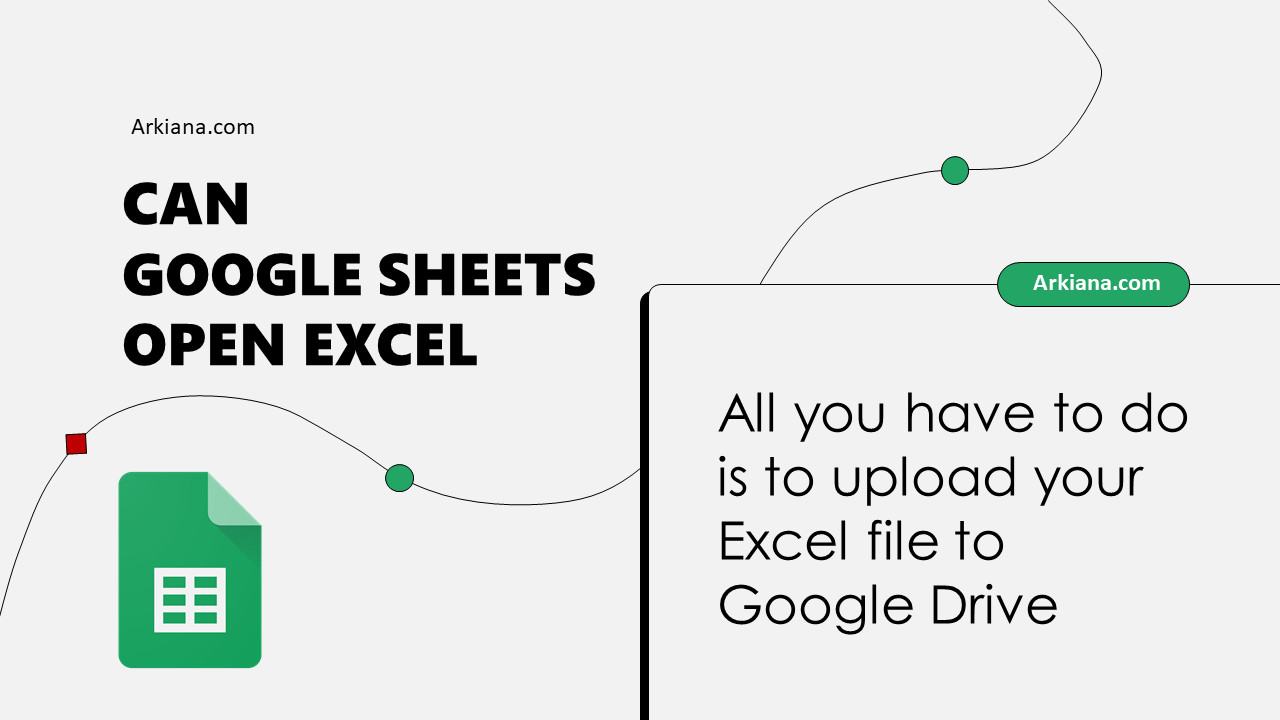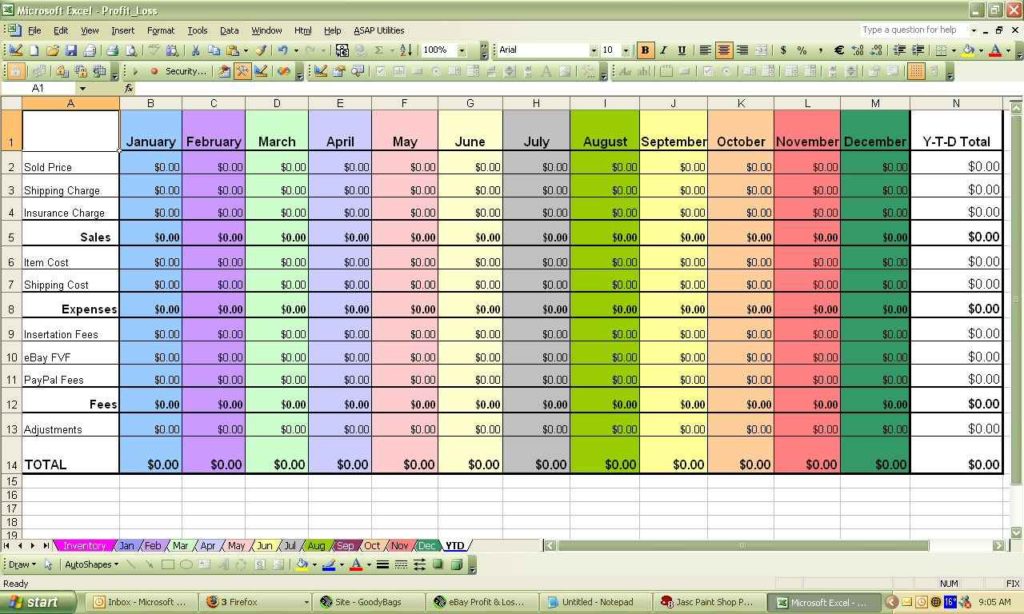5 Easy Ways to Open an Excel Sheet Fast

When it comes to working with data, Microsoft Excel is often the go-to software for many professionals and enthusiasts alike. However, one common frustration people face is how to quickly access an Excel sheet. In this post, we will explore five efficient techniques to open an Excel spreadsheet rapidly, enhancing your productivity while reducing the time spent on mundane tasks.
1. Use Quick Access Toolbar

The Quick Access Toolbar in Excel provides a shortcut to frequently used commands. Here’s how you can add “Open” to your Quick Access Toolbar:
- Right-click anywhere on the Ribbon or the Quick Access Toolbar at the top of your Excel window.
- Choose Customize Quick Access Toolbar.
- From the list that appears, find and select “Open.”
- Click Add >> and then OK to finalize.
Now, with just one click from the Quick Access Toolbar, you can open a new or existing workbook directly.
💡 Note: Ensure you have the “Open” command added in the Customize Quick Access Toolbar window. It’s hidden by default.
2. Keyboard Shortcuts

Keyboard shortcuts are time-savers, especially for tasks you perform frequently:
- Press Ctrl + O (Windows) or Cmd + O (Mac) to open the dialog box for file opening.
- Navigate to your file and hit Enter to open it.
💡 Note: Familiarizing yourself with keyboard shortcuts can drastically improve your workflow efficiency.
3. Pinned Files in Recent Documents

The Recent Documents list in Excel provides quick access to files you’ve recently worked on:
- Open Excel and go to the File tab.
- On the left, click Open or Recent.
- If you see the file you want, click on it. If not:
- Click Workbooks.
- Navigate to the file, right-click, and select Pin to Recent List.
Pinned files remain at the top of the list, ensuring quick access even if Excel hasn’t been recently opened.
4. File Association and Context Menu

Ensure Excel is the default program for .xls or .xlsx files:
- Right-click an Excel file, select Open With.
- Choose Choose another app, select Excel, and check Always use this app to open .xlsx files.
Now, whenever you double-click on an Excel file, it opens directly. Additionally, for quick access from your desktop or file explorer:
- Right-click on an Excel file.
- From the context menu, click Open.
This avoids the need for navigating through the application.
5. Command Line or Batch Files

For advanced users, opening Excel through command line or batch files can streamline workflows:
- On Windows, use the command
excel.exe “path/to/file.xlsx”in Command Prompt or create a batch file: - Create a new text document.
- Add the above command, replacing the path with your file’s location.
- Save the file with .bat extension.
Running this batch file will launch Excel with the specified file open.
💡 Note: Ensure Excel’s installation path is in your system’s PATH environment variable for this to work seamlessly.
In conclusion, these five techniques significantly reduce the time it takes to open an Excel sheet, providing users with immediate access to their data. Whether you're a beginner or an advanced user, incorporating these methods into your daily routine can boost productivity and streamline your workflow.
Can I use these methods to open Excel files on Mac?

+
Yes, while some steps might differ slightly (e.g., using Cmd instead of Ctrl for shortcuts), the principles apply. You can pin files, use keyboard shortcuts, and even set up automator services on a Mac for similar functionality to batch files.
What if my Excel file is on OneDrive or SharePoint?

+
Accessing cloud-based files directly within Excel’s interface is an excellent method. Excel offers a convenient way to open files directly from cloud storage under File > Open > OneDrive/SharePoint. You can easily pin these cloud files to your Quick Access Toolbar for faster access.
How do I customize Excel’s Quick Access Toolbar?

+
To customize the Quick Access Toolbar, right-click on the Ribbon or the toolbar itself and select “Customize Quick Access Toolbar.” From there, you can add, remove, or reorder commands to suit your needs.